Turkish Homewares: (Re)presenting the Past in the Present*
Turkey has long produced exquisite and practical Turkish homewares and objet d’art made from paper, stone and glass. Careful attention to detail and a focus on maintaining tradition, means many items are still being made using production methods dating back hundreds of years. Beautiful on their own merit, they conjure up images of distant lands where order, method and technique were highly prized.
However today, although traditional methods are still being taught, it is the modern re-invention of these old materials that really makes the pulse race. In order to understand how Turkish artists and designers make paper into whimsical art, transform clay so it can tell stories and blow glass that transcends time, it’s necessary first to trace the artistic path from Ottoman tradition to Turkish post-modernity.
Caferağa Medresesi: Traditional Turkish Arts Centre
The modest archways and stone-lined courtyards of the Caferağa Medresesi in Sultanahmet, completed by the great Turkish architect Mimar Sinan in 1559, house the Traditional Turkish Arts Centre. A series of intimate rooms contain individual atelier, each dedicated to a different type of long-established Turkish art. Inside them, usta, highly experienced artisans, pass on their knowledge to eager students. Time stands still as age old methods are explained, demonstrated and practised. The apprentices must learn to mimic their masters in order to produce almost perfect copies.
Skilled as they are, the masters know only Allah can realise works of absolute perfection. This adherence to convention ensures that century’s old arts such as hand-painted ceramics, mosaics and ebru live on. Of all the old skills, ebru, known as paper marbling in English, is the most engaging. A combination of art and science, watch and experience the wonder as oil mixes with water on paper, and creates magic.
Caferağa Medresesi – Traditional Turkish Arts Centre, Küçük Ayasofya Mahallesi, Akburçak Sokak No 11, Sultanahmet, Fatih, Istanbul, Tel. +90 533 549 8597, call to arrange a free ebru demonstration, closed Monday,
Kağıthane: House of Paper
The clean bright surfaces of the Kağıthane shop in French Street Karaköy are festooned with paper. The owner and designer Emine Tusaval has taken the time-honoured Turkish tradition of valuing paper as art, and reworked it. Her background as a Fine Arts lecturer means she uses the language of contemporary design to create something extraordinary out of the ordinary. Whether folded, curled or shaped, each sheet contain hopes, dreams and fantasies. There are paper animals, flowers, words, cards and more, every item paying homage to Istanbul’s obsession and reverence of cats, food and architecture.
Kağıthane, Kermankeş Mustafa Çelebi Caddesi, Fransız Iş Geçidi No 10, Karaköy, Istanbul, Tel. +90 212 244 1583.
Iznik Classics: Turkish Homewares and Ceramics beyond Time
The ceramics on display in the Iznik Classics gallery link the past to the present. During the 15th and 16th centuries, the wealth and grandeur of the Ottoman Empire was evident in the exquisite workmanship and creativity of its ceramics. Ceramicists based in Iznik and nearby Kütahya experimented with chemical blends of newly discovered pigments to produce magnificent bowls and tiles. The most famous of these featured designs using the then much prized tulip, as well as other natural influences. Iznik Classics honours this past while also developing modern designs for contemporary living.
Iznik Classics – Turkish Ceramics Beyond Time, Utangaç Sokak No 13-17, Sultanahmet, Istanbul, Tel. +90 212 516 8874
Fy-Shan Glass Studio
Felekşan Onar, founder of Fy-Shan Glass Studio, made a passion for collecting glass into a way of sharing her ideals. She dreams, designs and produces glass based on the belief art should be both functional and decorative. After mastering conventional techniques, she developed a flair for experimentation. The results are superbly crafted artistic statements, encompassing small stylish ranges of glass homewares and grand interiors which echo the importance of their purpose.
Her studio full of Turkish homewares and more is in Beyoğlu. When she first moved to Istanbul Felekşan was instantly drawn to the area. The mix of stately 19th and 20th century architecture combined with an intangible yet uniquely Turkish character, intrigues and inspires her. Literature and music also play an important part in her creative processes. An avid reader and piano player, the words she reads and the notes she hears spark innovative and perceptive notions. Her skill lies in how convincingly she turns these into corporeal objects.
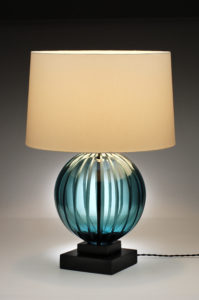
Felekşan Onar, Fy-Shan Glass Studio, Asmali Mescid Mahallesi, Gönül Sokak No 14, 2 Fl, Apt 5, Beyoğlu, Istanbul, Tel. +90 532 213 8954.
**********************************
Planning to come to Istanbul to shop in person? Here are my helpful tips for planning your trip.
For FLIGHTS I like to use Kiwi.com.
Don’t pay extra for an E-VISA. Here’s my post on everything to know before you take off.
However E-SIM are the way to go to stay connected with a local phone number and mobile data on the go. Airalo is easy to use and affordable.
Even if I never claim on it, I always take out TRAVEL INSURANCE. I recommend Visitors Coverage.
I’m a big advocate of public transport, but know it’s not suitable for everyone all the time. When I need to be picked up from or get to Istanbul Airport or Sabiha Gokcen Airport, I use one of these GetYourGuide website AIRPORT TRANSFERS.
ACCOMMODATION: When I want to find a place to stay I use Booking.com.
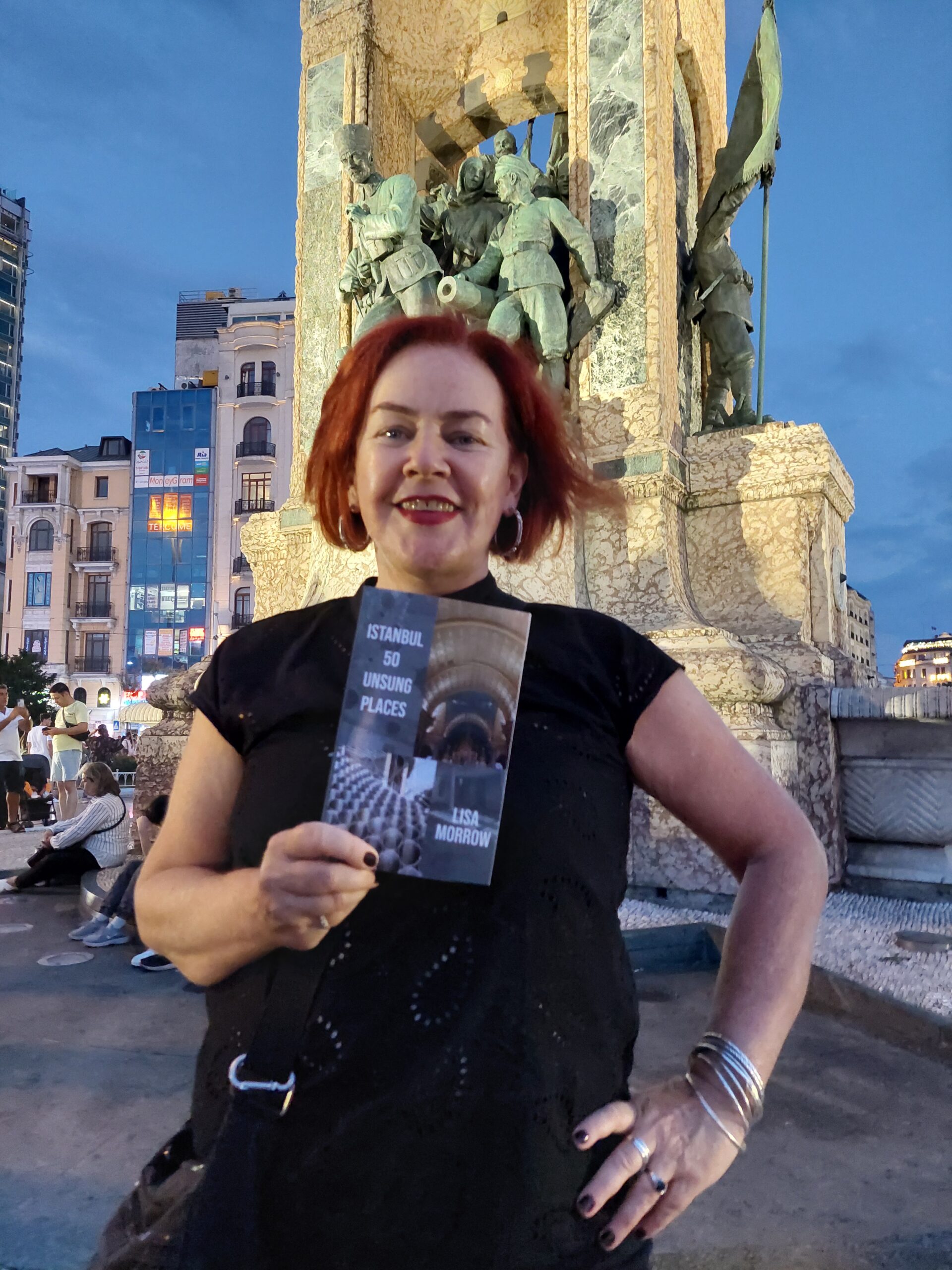
CITY TOURS & DAY TRIPS: Let me guide you around Kadikoy with my audio walking tour Stepping back through Chalcedon or venture further afield with my bespoke guidebook Istanbul 50 Unsung Places. I know you’ll love visiting the lesser-known sites I’ve included. It’s based on using public transport as much as possible so you won’t be adding too much to your carbon footprint. Then read about what you’ve seen and experienced in my three essay collections and memoir about moving to Istanbul permanently.
Browse the GetYourGuide website or Viator to find even more ways to experience Istanbul and Turkey with food tours, visits to the old city, evening Bosphorus cruises and more!
However you travel, stay safe and have fun! Iyi yolculuklar.
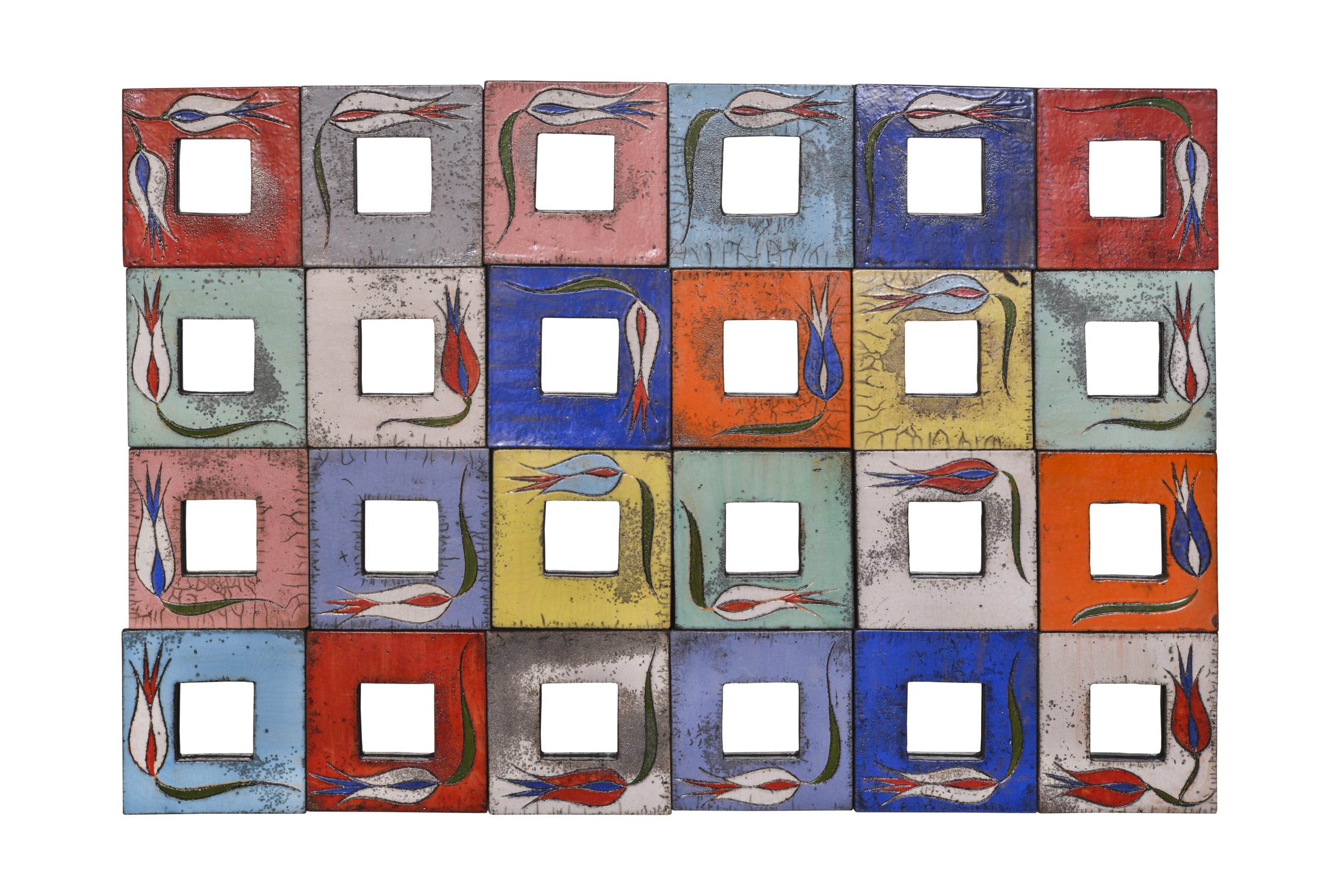
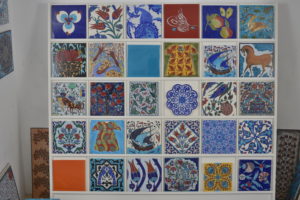
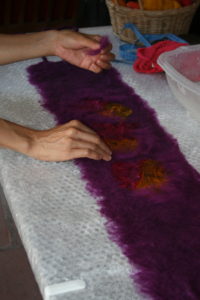
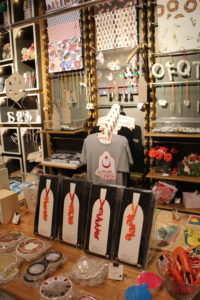
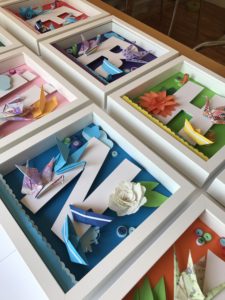
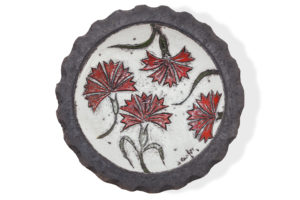
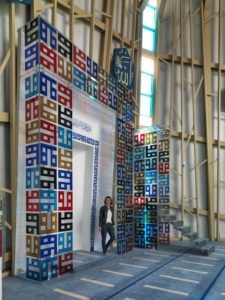

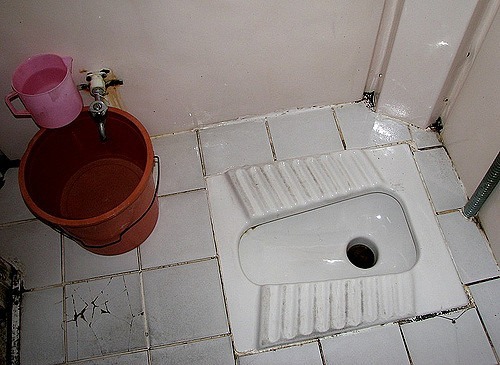
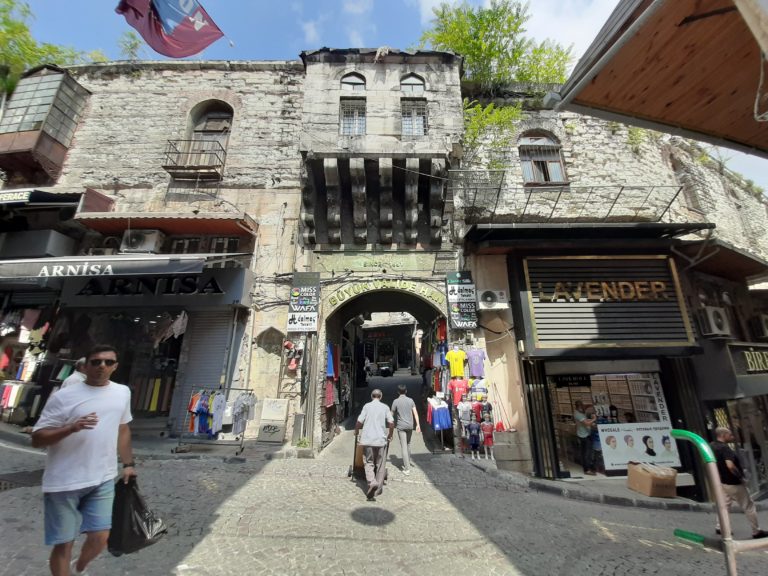
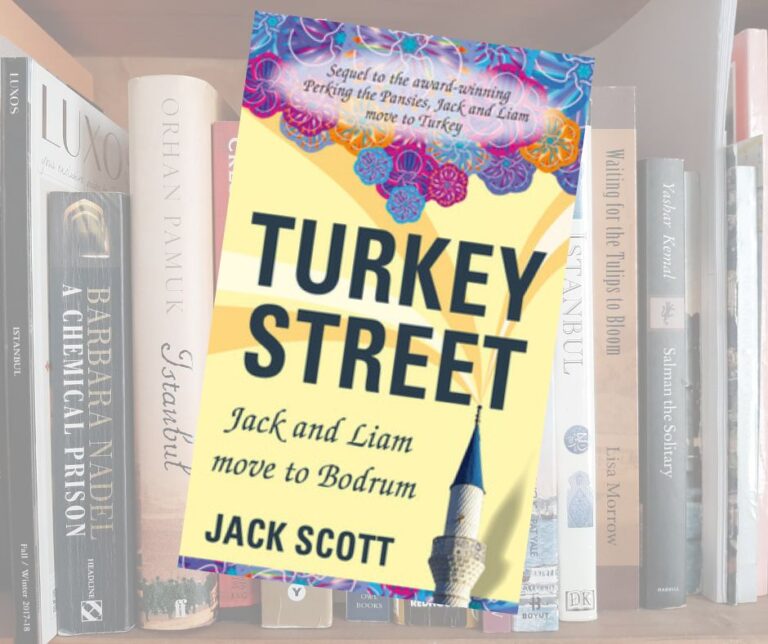
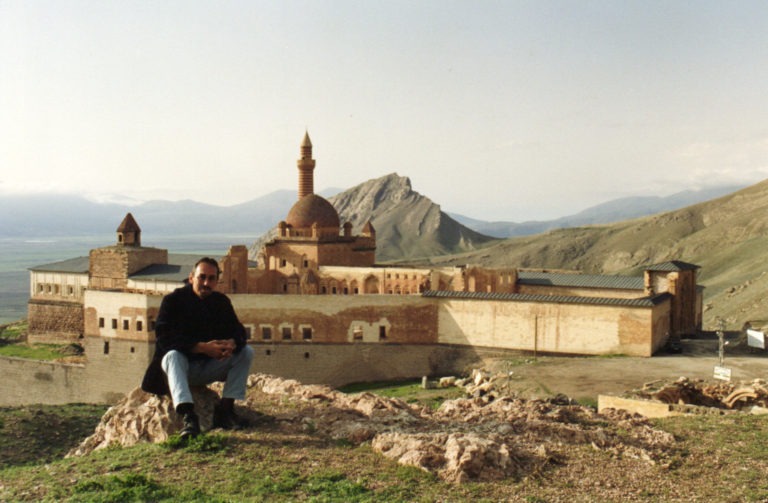
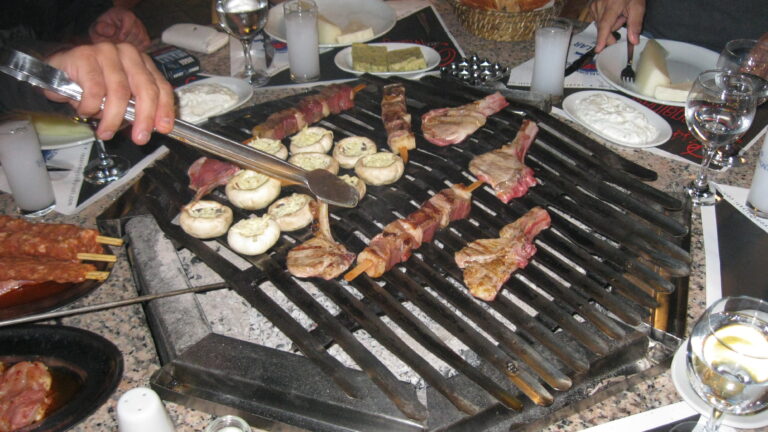
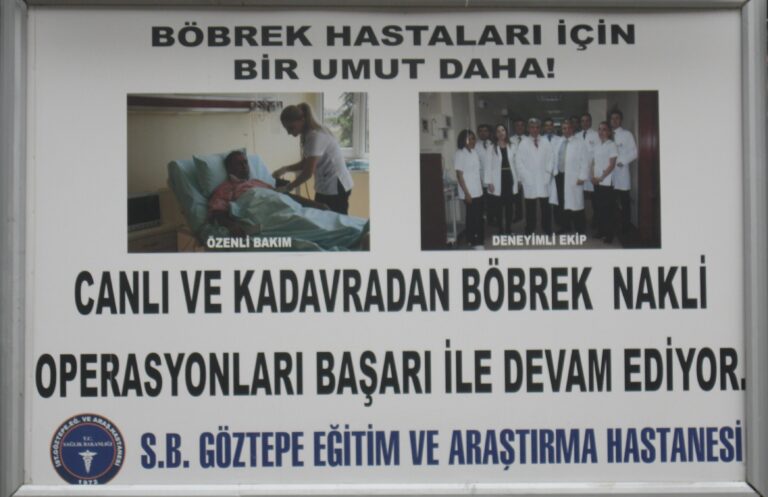
Again I am full of envy at these great places you get to visit Lisa.
Just a note the hit ‘Magic Bus’ was written by Pete Townshend of The Who and and recorded by The Who. The Beatles mention it in their Magical Mystery Tour, but that’s a different kind pf psychedelia ;). Pete Townshend later features at times in CSI LAs Vegas, for which The Who’s hit ‘Who are you?’ is the theme song. Sorry nerdy thing.
I’m glad you enjoy travelling through me vicariously. I love all the info you’ve shared about the Magic Bus, music and more. It’s definitely not nerdy!
Yes, I lived at the Yücel Hostel at No. 6, and there was another cheap hotel on the other side of you, but I can’t remember the name. The Roma people used to come with their dancing bears. Also, depending on your age, you may know of a song by the Beatles from their psychedelic phase called the Magic Bus. There actually WAS a magic bus that traveled between London and Katmandu. İt always parked on Cafe rite Sokak.
I am too young to have seen the dancing bears but I have seen photos. Same goes for the bus but I know about it. Many Australians (where I’m from) went to London to work in the 70s and 80s and then travelled on the bus across the world. Sounds like wild times.
Also, I am connected to the mansion across the street at 23 Alemdar CAD. İt is being partially renovated for small performances and art gallery type showings. İ would be happy to put you in contact.
That would be great. Shoot me an email at Goreme1990@hotmail.com
İ can’t believe that I lived just next to this building for four years, 1972-76, and was unaware that this building was here. From Alemdar CAD. İ have often looked at this building and wondered why there were so many chimneys. İ thought it might be an old medrese, but could not figure out how to get in. Now it makes sense. When Covid is over, I will definitely come and visit. Thank you for posting this.
I’m pleased you discovered something new about Istanbul through my post. I imagine it was a bit grimier and less loved back in the 1970s than now. It would be great to hear your impressions about it when you do get there again.